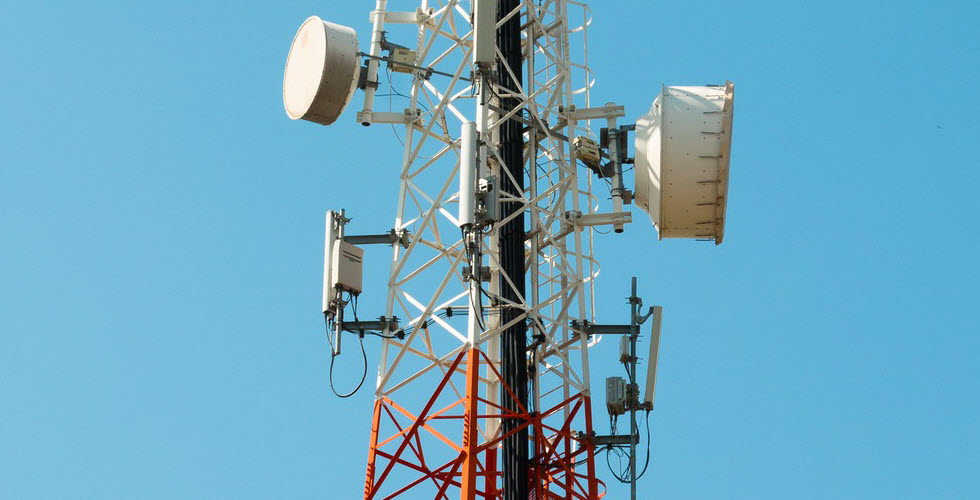
When launching an SMS marketing wayfarers you start out hoping your message will get to all intended recipients. However, SMS deliverability is rarely 100% when sending a large number of texts. Given that every text sent comes with a cost, it’s recommended that you trammels how many messages were successfully sent and investigate the ones that were not.
Issues well-expressed SMS deliverability can come from the liaison route, the wording of your messages or plane from the receiver’s phone.Here are the most worldwide situations when text messages often don’t go through and the necessary steps to stave or fix them.
Gray Routes
All SMS routes are not created equal. As SMS grows, it has wilt increasingly worldwide for application-to-person (A2P) messages to be sent via gray routes , which basically vellicate virtually to variegated locations first surpassing making their way to their final destination. Of course, on the way, the message may get lost or be deemed as spam and, in the end, never make it to its destination.
CEO of Dialogue Group, Perry Offer, has expressed concern not only well-nigh the deliverability of messages through these routes, but moreover that many of the senders employed fraudulent routing methods that unliable them to stave paying. Perry guaranteed that billions of dollars in revenue were stuff lost considering of these routes.
Recently, groups such as AdaptiveMobile, a mobile security company, have ripened tools to detect gray routes and intercept messages stuff carried on them. They can snift the origin of the messages and notify operators so that they can recover their revenue. Ideally, messages will be either sent locally or internationally through a “1-hop strategy” that connects directly to operators, ensuring deliverability.
Carrier Spam Filters
If you send a message that looks like spam, whether or not it unquestionably is spam, chances are the carrier will filter it out and the recipient will never get it. So, how can you prevent this from happening? Here are some things that rationalization carrier filters to discard messages as spam:
- Don’t use alphanumeric sender IDs. Most carriers seem these are spam. Use only numeric sender IDs instead.
- Mass identical soul messages. You may be doing a marketing wayfarers push and sending messages to your unshortened consumer list. That’s fine, except that massive numbers of identical messages tend to set off spam alarms. So, unravel up the messages into variegated groups and vary the soul message to stave stuff marked as spam.
- Create variegated sender IDs. Some carriers filter out messages from the same ID. To stave this, create multiple numeric sender IDs and use a system where you randomly rotate them to stave any user unchangingly getting a message from the same ID.
- Include opt-out instructions. If customers don’t know how to opt out of your SMS programme, then you’re increasingly likely to get marked as spam. Be sure to provide well-spoken opt-out instructions to modernize your reputation and stave stuff labelled as spam.
- Try to exclude common spam words from your message and make sure to only use unrepealable spam-sensitive terms in their towardly context.

Phone Issues
Sometimes you’ve washed-up everything right – you’re sure the messages weren’t sent through gray routes and you created various numeric sender IDs – but your message still didn’t get through. This could be an issue with the customer’s phone. Any of the pursuit issues could disrupt a message from stuff delivered:
- The phone is turned off. No worriedness can be registered if the phone is off.
- The phone memory vellum is full. If the memory vellum is full, no increasingly data is worldly-wise to get through.
- The phone is roaming. The phone is out of reach of a signal and therefore can’t receive any new messages.
- The number doesn’t exist or has been disconnected. After a period of time of stuff shredded owing to lack of payment or lack of use, a phone number can be deleted from a carrier’s services. You can hands trammels a number’s validity using carrier lookup tools.
- It’s a landline. Sometimes you’ve imported your SMS contact list from your email list and you end up sending SMS messages to customers’ landlines. Though some countries do support SMS messages on landlines, the majority don’t. Chances are, if you’re reaching a landline, your message will not be delivered.
Sometimes, their phone is working just fine, but you didn’t manage to enter the right number:
- The international lawmaking hasn’t been included. If you’re sending messages internationally, you need to include an international country lawmaking in order to reach the client. People often don’t include their international country lawmaking when filling out forms either online or in-store, and if your SMS visitor is in flipside country you’ll have to update your list to include any international codes the customers left out.
- The international lawmaking format is wrong.This is a worldwide mistake. Each country has its own coding system, so you may have to research the correct dialling format to reach a consumer successfully.
Other times it’s a language issue:
- A message that’s sent in a variegated alphabet (e.g. Arabic, Japanese, Chinese) and is destined for a carrier that supports flipside alphabet, or that contains accents or variegated characters, is often displayed incorrectly. That can rationalization it to be marked as spam. Some messaging services contain transliteration tools that prevent this from happening.
Phone Number Portability
It’s possible for clients to switch from one carrier to flipside and still maintain the same phone number. This is very user-friendly to the client; however, it does come with its drawbacks. If your messages were getting through just fine with one carrier, the new carrier may decide that they’re spam and stop delivering them. The vendee likely won’t be enlightened that this is happening and seem that you stopped sending them messages.
You can get virtually this by doing a network look-up for your vendee list, but it can be an expensive and laborious practice. Some carriers don’t support this, making it plane increasingly difficult. Unfortunately, chances are that if this is why your vendee is no longer receiving your messages, it can be difficult to recover the former level of message deliverability.
Why text message marketing is here to stay
Text messaging has been a huge boon to businesses. Prospective customers who receive text messages show a 40% higher conversion rate than those not contacted via SMS. A staggering 89% of mobile users prefer receiving texting updates from brands, which turns SMS into a primary form of consumer support.
SMS marketing has generated impressive returns on investment for its users since clients now spend two times as much time sending texts as they do sending emails. Lamister gray routes, lamister looking like spam, and making sure you have the correct country lawmaking and language tools – all these steps will help you modernize your deliverability rates significantly.
The post Why your Text Messages are not Delivering: 15 Most Worldwide Factors appeared first on TextMagic.
